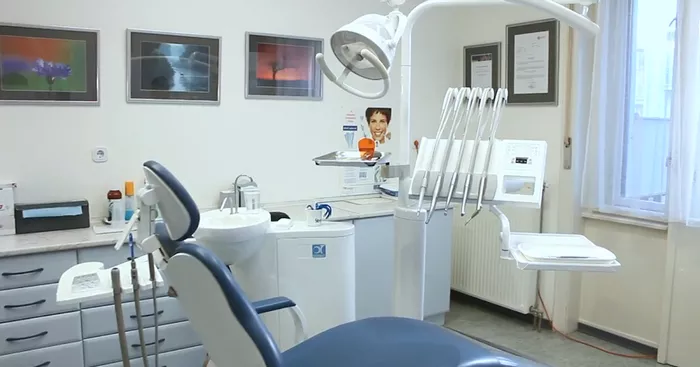FAQs
1. How do I get rid of a bacterial infection down there?
Treatment for bacterial infections in the vaginal area typically involves antibiotics prescribed by a healthcare professional. It’s essential to complete the full course of medication, even if symptoms improve before finishing. Additionally, maintaining good hygiene practices and avoiding irritants can help prevent future infections.
2. Is bacterial vaginosis an STD?
Bacterial vaginosis (BV) is not classified as a sexually transmitted disease (STD), although it can be associated with sexual activity. BV occurs due to an imbalance of bacteria in the vagina, often triggered by factors like douching, new sexual partners, or changes in hormonal levels.
3. Why does my boyfriend keep giving me BV?
While bacterial vaginosis (BV) isn’t considered a sexually transmitted disease, it can be linked to sexual activity. Sometimes, partners can transfer bacteria that disrupt the vaginal flora, leading to BV. It’s advisable for both partners to maintain good hygiene practices and seek treatment if recurrent infections occur.
Related topics:
- Foods That Trigger Gout & How to Prevent Flares
- Understanding Death from Liver Failure: What to Expect
- Symptoms of Vaginitis: Everything You Need To Know


